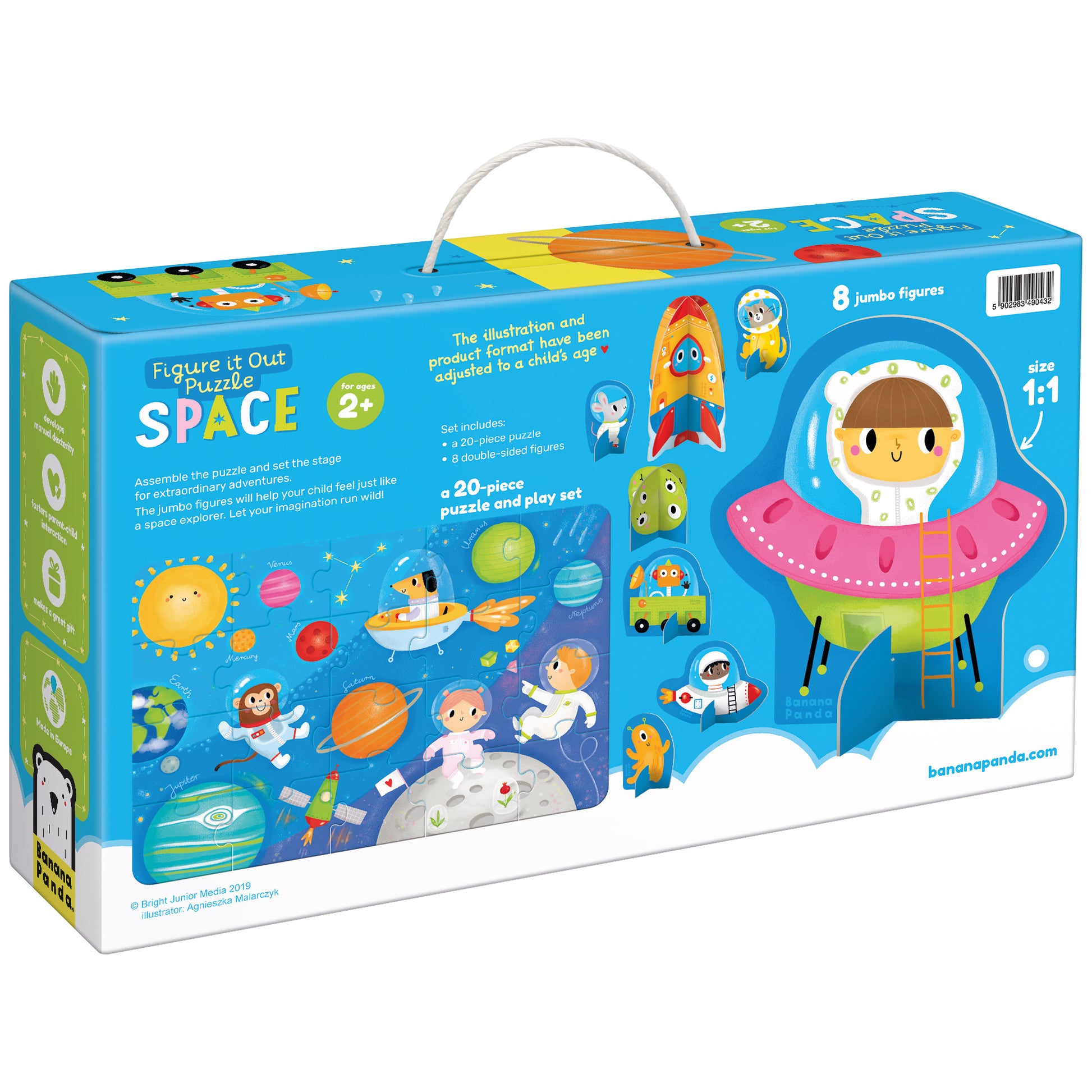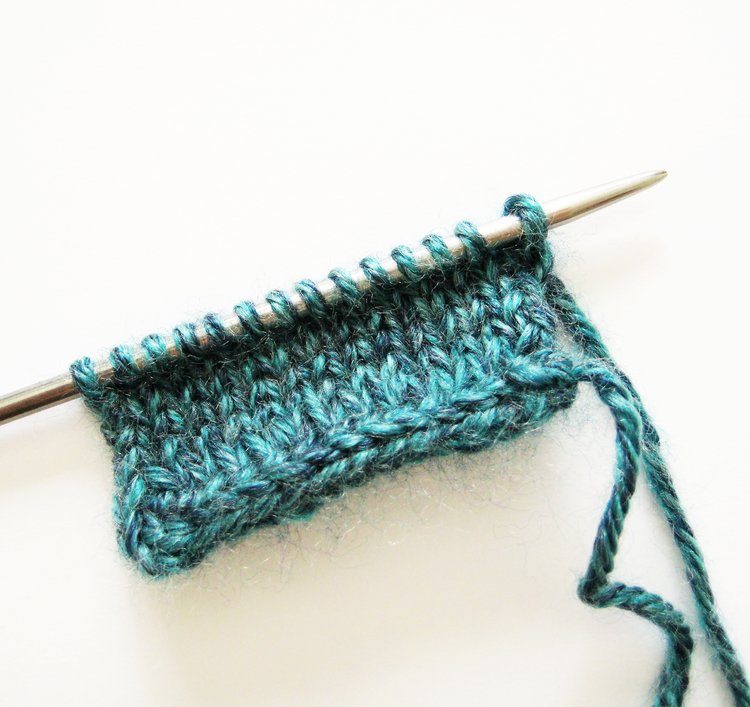
You should remember many things when knitting a beanie. First, you'll need the correct kind of yarn. There are many yarn types available, but there are some basic stitches that you need to be familiar with. You can also learn how you can add a pom pom to your beanie. You can then make your beanie however you like. These are some tips to help make the most beautiful beanie.
Stockinette stitch
Stockinette stitch is a great way to start knitting a beanie. It's simple to make and requires no special skills. Change the colors to make your hat more personal. Make the beanie your own by using stripes or other colors. To match the brim, you can choose a different pom-pom.
The first row is the most important when knitting a stockinette beanie. This involves inserting the needle through the yarn's bottom. A hat with approximately 53-56 cm circumference will be created. You can knit a larger hat by using two strands of yarn.

Waffle stitch
The waffle stitches is a versatile stitch that adds texture and stretch for bulky yarns. It is also easy to learn and is perfect for a beginner knitting project. Below is a photo showing how to knit a beanie using the waffle stitches. This stitch is easy to learn if you understand the basics.
For the start of the hat, do the same as the beginning: round 1 and 2. Make a P2, K2 ribbing the first time. For round two and three, repeat the process. You can repeat the waffle pattern again, but make sure you have 6 purl ridges for each round.
A pom-pom can be added to a beanie
Adding a pom-pom to your beanie is easy, but there are some important steps to take to make sure it stays on. To begin, measure a 10 inch length of yarn. Then thread it through the hole in the top of your hat. Use a button or string to secure it to the hat. Once it is attached, tie a knot around the button or string. This knot will help keep the pom-pom from unraveling later. If you don't have a button, you can also tie a ribbon or other material on top. For secure attachment, however, a button is better.
Sew it on is another way to attach a pompom to a cap. Attach one end of the snap to your pom-pom, and the other through the top of your hat. Once you have threaded both ends of the yarn through your hat, tie them off with a few tacks.

The right yarn for you
The type of yarn that you use when knitting a beanie should be considered. Whether you are making a beanie for yourself or a gift for a loved one, you should consider the weight and feel of the yarn you choose. You should also pay close attention to the characteristics and label of the yarn.
A beanie usually measures approximately 20 cm high. You can adjust the height by decreasing or increasing the number the stitches are used for each row. You can then close the beanie by knitting the ends together. The beanie's first row should have the most tension to ensure the hat stays on its head. The hat should not be too tight, as it will be difficult to knit.
FAQ
Can I make a living from my hobby and earn money?
You can make extra money by taking up hobbies.
You might consider selling items that are related to your hobby if you are passionate about it.
If you are a stamp collector, you might want to start a website that sells rare stamps.
You can also make extra income by selling and buying stamps.
You could also create a YouTube channel to talk about your hobby.
This allows you to share what is important to you with others, and possibly generate additional revenue through premium content.
What are collection hobby?
Books, movies, music and comics are the most popular collections.
You can also collect anything from stamps to coins to cars to dolls to action figures to model kits to figurines to art supplies to tools to kitchen utensils to jewelry to watches to gadgets to clothes to furniture to antiques to...
I think you get the point.
Where can I find free resources to learn more about hobbies?
There are many websites that help people find new hobbies.
These are our top picks:
www.trythisathome.com - This site provides a list of over 100 different hobbies. It also includes information on how to get started on each one.
www.hobbyfinders.org - This site offers a database of thousands of activities that you can search by interest, skill level, location, and more.
www.indiebazaar.co.uk - IndieBazaar is an online marketplace designed specifically for independent artists and musicians. This site offers hundreds of products, ranging from artwork and music gear.
www.pinterest.com/explore/hobbies - Pinterest is a social media network that lets users "pin" images they find interesting onto their boards. Users can organize the things they like in specific categories with boards.
www.reddit.com /r/Hobbies - Reddit is another social media platform that lets users post links to articles, videos, or other types of content. Voting is available for users to choose the most valuable posts.
Why do we need hobbies
Hobbies are an integral part of our daily lives. They allow us to relax, unwind and think creatively. Hobbies offer opportunities to develop new skills as well as life-long interests.
Hobbies help us to find meaning and purpose in our lives.
They are great for spending your free time when there's not much else.
They're even fun!
If you don’t make time for a hobby then it’s probably not worth your time.
You have many choices. You might consider starting a hobby if you don't already have one.
What does a hobby really cost?
The only thing that costs less than a hobby is time. But it could take years to achieve what you want if you are serious about it.
However, there is something that can help. It's called "passion." If you are passionate about what you do, it will be easier to work hard and make progress.
It is possible to become addicted once you begin putting in the work. Here is the fun part! Because you are enjoying what you are doing and are constantly improving. You will likely have seen a significant improvement by the end the year.
So don't worry too much about how long it takes. Give it a shot. You might be surprised at the results!
What are educational hobbies, you ask?
An educational hobby can be defined as an activity in which you learn something through doing it. It could be anything, from playing sports to learning how an instrument is played.
The key thing is that it should be fun and enjoyable for you. You don't necessarily have to do this all the time. But if it becomes boring, then think about what you could be doing.
These activities can also be costly so make sure you don't spend too much.
Is it possible make a living from a hobby?
Not necessarily.
However, if you're interested in creating a business based on your hobby, then you could definitely end up being wealthy.
Let's assume you like cooking. You love healthy food and decided to open a restaurant.
You serve only organic meals made from scratch and charge customers a small fee to cover the costs of ingredients and labor.
Over time, you grow your clientele and eventually hire employees who work alongside you.
Soon, your menu will include gluten-free and vegan options as well as desserts.
This scenario allows you to have the lifestyle you want and a business you can be proud of.
However, you don't have to quit your day job.
Instead, you could run your restaurant while still working your regular 9-5 job.
Statistics
- 37% Video Games 36% Travel 36% Health and Fitness (quizexpo.com)
- Almost 80% of people claim to have no hobby. (hobbylark.com)
- A new survey by Pew Research Center of teens ages 13 to 17 finds that 36% of girls feel tense or nervous about their day every day; 23% of boys say the same. (pewresearch.org)
- In comparison, men in the “no humor” condition were refused 84.6% of the time and were only accepted 15.4% of the time. (time.com)
- The Role of the Mind in Sex, Dating, and Love: Men in the “humor” condition received phone numbers from 42.9% of the female participants and were refused 57.1% of the time. (time.com)
External Links
How To
How to Start Gardening
Gardening is one form of agriculture that dates back to the beginning. It requires patience, persistence, and determination. First, choose a place where you would like to grow food. It could be large land, or just your backyard. Next, decide what type of plants you want to grow. Do you prefer flowers or vegetables? Some people are passionate about growing herbs, while others like raising livestock like rabbits. You should consider how much space you have available before deciding what types of crops you plan to plant. If you live in a region that experiences cold winters then it is possible to grow fruits and berries.
Once you have made your choice, it is time to prepare the soil. Your plants' success or failure will depend on the soil they are placed in. A good soil has organic matter which helps to feed the roots of your plants. Organic matter includes leaves, twigs (grass clippings), manure, compost, and manure. After you have prepared your soil you must add nutrients. You may need different amounts depending on what type of plants you are trying to grow. An online fertilizer calculator can help you calculate these values. There are many fertilizers available so be sure to know what you are purchasing.
After you have prepared the soil and added nutrients, it is time to wait for your seeds germination. This process usually takes anywhere from 2 weeks to 3 months, depending on the weather and the temperature in your area. After your seeds sprout, it is important to water them frequently. Problems can arise if you water your plants too frequently or too little. Avoid overwatering your plants. Overwatering your plants can lead to root disease and fungal infections. When watering your plants, remember that most plants require less water during the warm summer months than in winter. Keep in mind that certain plants may need to be dried after being watered. For example, tomatoes need to stay slightly moist but not wet. Soggy soil is not good for them. After the flowers have stopped, they must go into dormancy. Dormancy occurs when plants stop producing any new growth and start to store energy for the next harvest. During dormancy, the plant stops sending signals to its roots telling them to produce food. Plants continue to store energy throughout this period. However, if the temperatures drop below freezing and there isn't enough sunlight, the plant will go to sleep.
Living in urban areas may restrict the types of plants you can plant. Concrete sidewalks, roads and buildings are common in urban areas. They block sunlight from reaching the ground. Concrete absorbs sunlight, which prevents the soil beneath from getting enough sun exposure. Many plants can't survive in urban environments due to lack of sunlight. There are still plants that thrive in urban environments. Many trees, shrubs, and perennials can adapt to city living. Many annuals can also grow indoors in pots. Container gardens allow you to bring fresh greenery into your home year-round regardless of the weather outside.
You're now ready to plant after you have chosen where and what to grow in your garden.